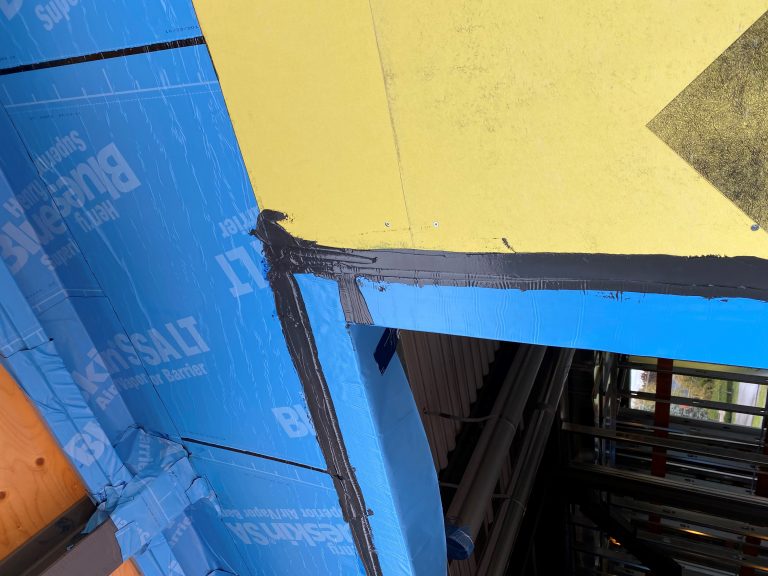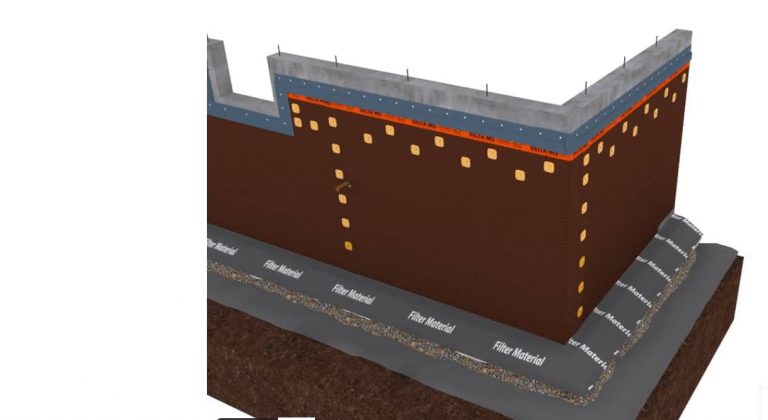One of the top google searches asks. HOW CAN I IMPROVE MY INDOOR AIR QUALITY? ( IAQ)
The US’s Environmental Protection Agency (EPA) reports that inside air can actually be more polluted than outside air. International speaker, Engineer, and Building scientist, Gord Cooke points out there are somewhere between 4-6000 sources of pollution inside a home due to chemical cleaners, VOC’s and hygiene products we bring into the home. As we tighten up building envelopes, striving for more energy efficient and comfortable homes, that promote health improving indoor air quality becomes all the more a concern.
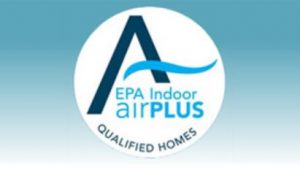
Particularly in the winter months when we spend more time inside, and with many people working from home the IAQ is definitely top of mind. As a source of information we seek educate our clients on building challenges and adopt the best programs, methods and techniques that are available and economically viable to bring them the best we can. Homes built under the USA EPA Indoor Air Plus program guarantee are certified to optimize IAQ which increasingly resonates with builders and homeowners alike who see the value in a third party designed program.

A pre-requisite of the EPA Indoor Air Plus program is Energy Star Certification. The regimes of Air quality and energy may seem somewhat unrelated but the intersection of good building practices are beneficial on so many levels.
Over the next few blogs we’ll touch on some of the requirements of EPA Indoor Air Plus and discuss the health benefits they bring. With the demands of the Canadian climate the Chatsworth team has raised the bar to a higher Energy Star level utilizing the Net Zero program making the home even more comfortable, energy efficient and healthy.
We’ll be looking at the requirements of the new draft EPA proposal for requirements for 2022 . There’s a very good reason we use the NET ZERO program and as you read on you will begin to understand why a program like NET ZERO together with EPA Indoor Air Plus makes, not only a comfortable home but a healthy and energy efficient home, sustainable into the future.
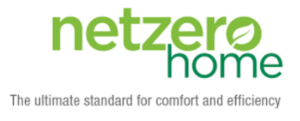
How does NET ZERO improve indoor air quality?
I thought we were discussing IAQ? Where does NET ZERO come in? So many programs and choices, which ones are tried and true and which is right for me? As mentioned above one of the goals for the Chatsworth team is to not only present the best options for our homeowners but to educate them on the most effective methods and techniques to incorporate into their new home. We at Chatsworth aim for a “SUSTAINABLE FUTURE” which is our commitment to adopting programs that, based on our long experience, will still prove successful and a wise choice in 10 years from now.
The NET ZERO program does a good job of this as it is symbiotic with EPA Indoor Air Plus. Both programs use ENERGY STAR and both programs aim for a better indoor environment. First, NET ZERO with an emphasis on comfort and energy, secondly INDOOR AIR PLUS has an emphasis on healthy indoor air. For now we won’t discuss the merits of NET ZERO in great detail but suffice it to say it is a “ third party verified, proven program”.
Concerning IAQ one of the biggest collateral effects of NET ZERO is the capability it affords for indoor air control. A tight, efficient building shell and high performance windows enable higher humidity levels in the colder months contributing to proven greater health benefits, so the two programs work hand in glove to provide the fourfold goal of comfort, energy efficiency, health and sustainability. You can read more about NET ZERO in our recent blog. NET ZERO HOME
But back to EPA IAQ plus…….
Improve indoor air quality with Moisture Control:
I thought we were discussing air quality? Where does moisture come in? You may ask….
The first portion of the check list for EPA IAQ Plus lists 33 items to verify compliance with building methods of handling moisture. Many on the list are simply good reminders and are covered under the Canadian Building Code or by simple good building practices. Simply put if you don’t control moisture properly in your home build, you risk mould, uncontrolled humidity levels and building damage. So the first rule of good building is to have an organized plan to keep moisture out of the building envelope. For example water management around windows. Inset picture below of blue skin detailing on our Doulton Drive project in anticipation of window install.
Careful blue skin window waterproofing
Attention to window detailing has come under scrutiny in the Canadian Building Industry. If executed correctly it provides effective moisture protection around windows. Keeping the moisture out of the building. Windows have proven to be problematic in the past with failures ranging from aesthetic water damage to hidden mould with associated health concerns and disastrous building damage.
Typical foundation wall detail showing drainage layer keeping moisture away to improve indoor air quality
A notable item that jumps out of the EPA moisture control list is the requirement of a capillary break on top of the footings. We do a pretty good job in the building industry on roof waterproofing but basements don’t enjoy the attention as the problems can go undetected , percolating along until they manifest themselves later on. A membrane on top of the footings is required to stop water travelling from the ground up the basement wall. The protection for water infiltrating the basement wall is dealt with by a drain wrap extending down the outside of the foundation wall. This prevents hydrostatic pressure build up with a “honey comb” of voids providing a pathway for draining the water away down to weepers. With the wall damp-proofing also providing substantial protection against moisture migration to the interior.
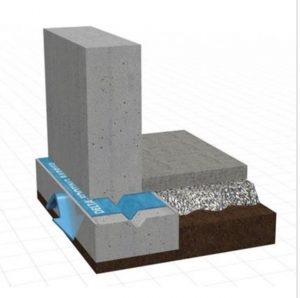
However, as mentioned above, footings are poured on solid ground and can be a conduit for moisture migration upwards into the wall and slab and cause not only evaporative cooling in the basement but that musty old basement smell evidencing mould problems. As mould is widely acknowledged as a major health problem, Indoor Air Plus requires strict details be employed to combat moisture ingress and the potential for mould build up.
One of the solutions we adopt to address this capillary rise is the application of a membrane applied to the top of the footing. The membrane is applied after the footings are poured and prior to the wall forming. Everyone is familiar with the blue waterproofing “Blue Skin” by Henry Bakor, seen above and on the exterior of many buildings. Henry Bakor also provides a TWF ( THRU WALL FLASHING) that is purpose made to be resilient enough to withstand the abuse that a construction site can hand out but remain in tact as a membrane. Installed correctly this prevents capillary rise and the associated problems. Other options such as delta membrane ( shown in pic) or spray applied membrane can be used ( generally need fairer weather) to provide this membrane.
The Energy Star portion of the IAQ program deals with controlling moisture effectively and further NET ZERO prescribes wall assemblies that ensure higher effective R values and hence warmer indoor wall surfaces yielding higher condensation resistance a definite asset in mould prevention to improve indoor air quality. As mentioned NET ZERO is the subject of other further discussion, along with high performance windows, both essential in achieving the goal of comfort, health, energy efficiency and sustainability.
We’ll move on to the next section of the EPA’s INDOOR AIR PLUS program in our next blog.
See Health Canada’s suggestions on what you as a homeowner can do to improve your Indoor Air Quality HEALTH CANADA to improve indoor air quality recommendations
See Gord Cooke’s article on Indoor Air Quality https://constructioninstruction.com/pdf/de-mystifying-indoor-air-quality-by-gord-cooke/

